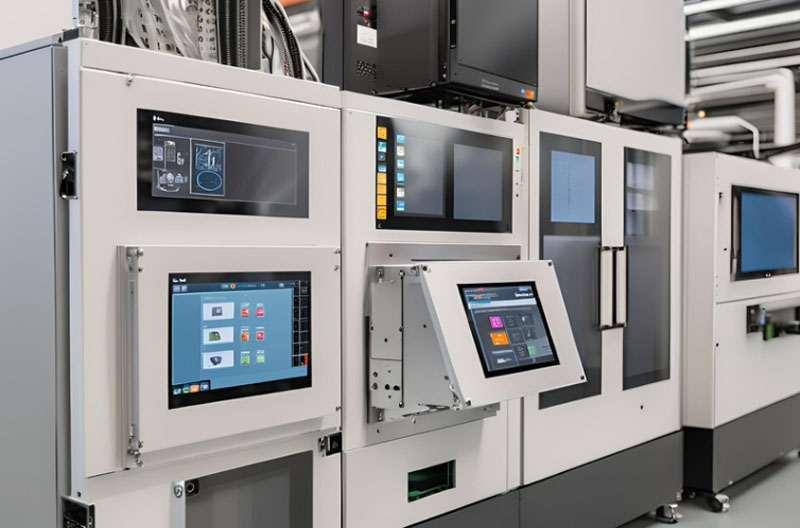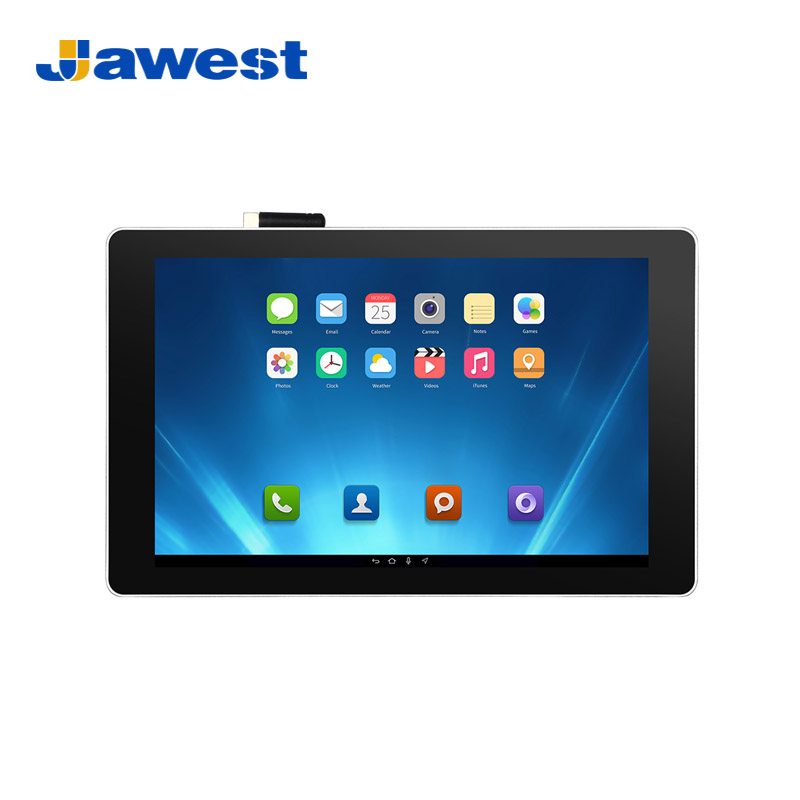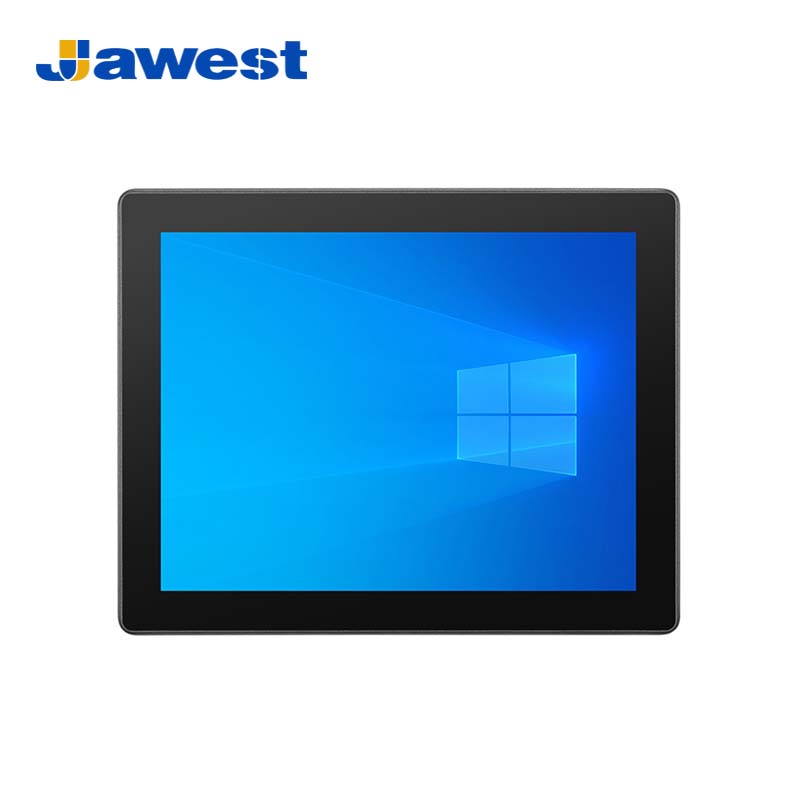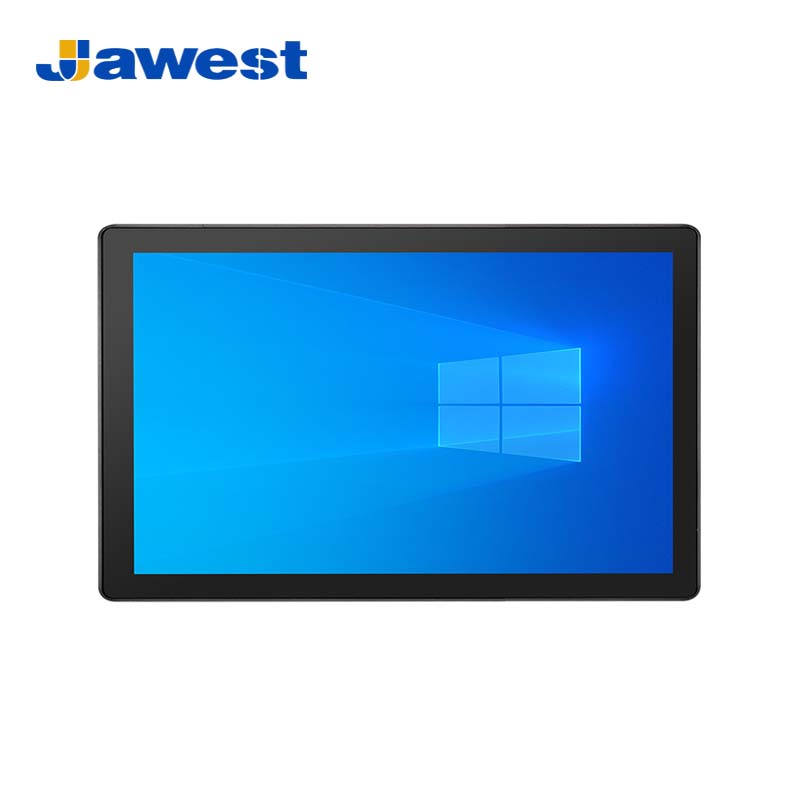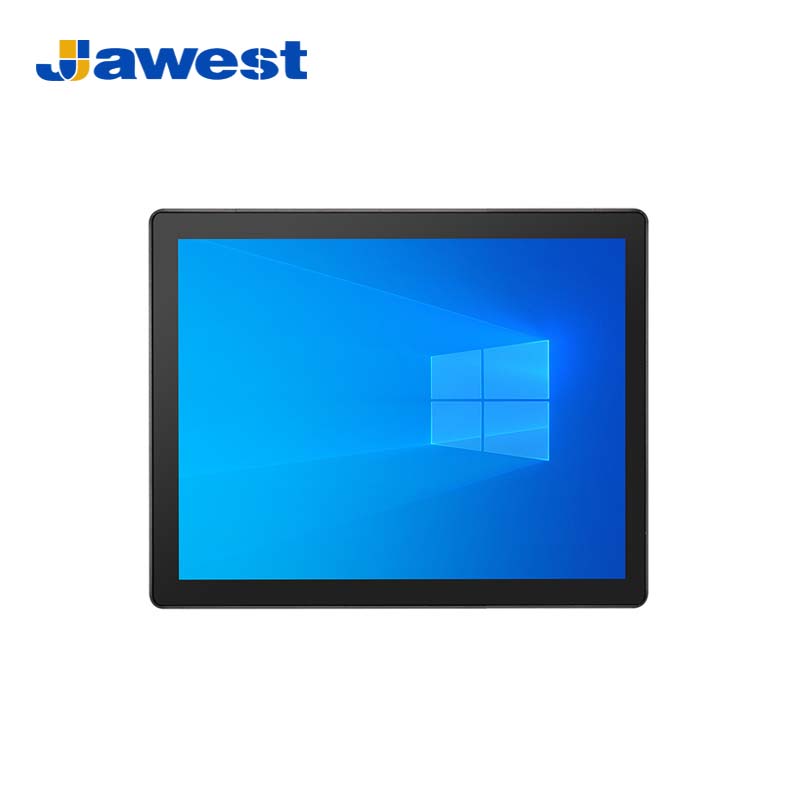Industrial panel PCs are integral to 3D printing equipment systems for several key reasons:
Reasons for Using Industrial Panel PCs in 3D Printing Equipment:
1. Robustness and Reliability:
Durability: Industrial panel PCs are designed to withstand harsh environments, including high temperatures, dust, and vibrations, which are common in manufacturing settings.
Longevity: They offer long operational lifespans, ensuring continuous performance in demanding applications.
2. Precision and Control:
High Processing Power: Equipped with powerful processors, industrial panel PCs can handle complex computations and precise control tasks required for 3D printing.
Real-time Monitoring: They enable real-time monitoring and adjustments, ensuring high precision and quality in the 3D printing process.
3. User Interface and Integration:
Touchscreen Interface: The touchscreen capabilities provide an intuitive interface for operators to control and monitor the 3D printing process.
Seamless Integration: These PCs can easily integrate with other industrial systems and software, providing a unified control system for the entire production line.
4. Connectivity and Data Management:
IoT Connectivity: Industrial panel PCs support IoT, allowing for remote monitoring, diagnostics, and updates, enhancing the overall efficiency of the 3D printing operations.
Data Collection and Analysis: They can collect and analyze data from the printing process, helping to optimize performance and troubleshoot issues.
How Industrial Panel PCs are Used in 3D Printing Equipment:
1. Control Systems:
Industrial panel PCs serve as the central control unit for 3D printers, managing tasks such as motion control, temperature regulation, and material handling.
2. User Interface:
Operators use the panel PC’s touchscreen to interact with the printer, setting parameters, starting and stopping print jobs, and monitoring progress in real-time.
3. Monitoring and Diagnostics:
The panel PCs monitor the health and status of the 3D printer, providing alerts for maintenance needs and potential issues, thus preventing downtime.
4. Data Logging:
They log important data related to the printing process, such as print times, material usage, and error rates, which can be analyzed to improve efficiency and product quality.
5. Integration with CAD/CAM Software:
Industrial panel PCs can run CAD/CAM software directly, allowing for the direct upload of 3D models and immediate commencement of print jobs without the need for separate workstations.
6. Network Connectivity:
They enable network connectivity, facilitating communication with other machines and systems in the manufacturing environment for synchronized and automated workflows.
By incorporating industrial panel PCs into 3D printing equipment, manufacturers can achieve higher precision, better control, and increased efficiency, making them essential components in modern additive manufacturing setups.




